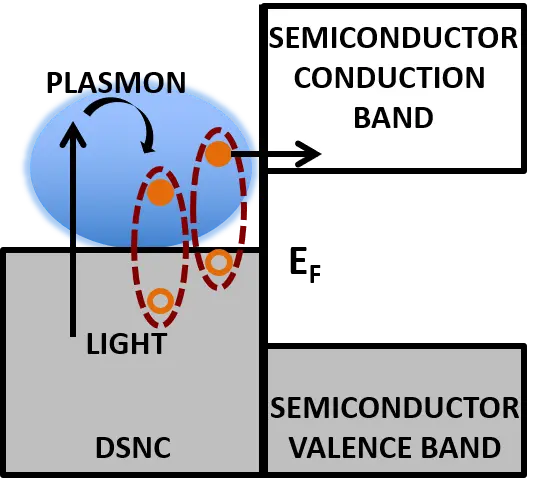Metal oxide nanostructures for tunable photonic structures and infrared solar cells
Metal oxide nanostructures for tunable photonic structures and infrared solar cells
In this research activity we fabricate two types of structures:
i) metal oxide based tunable multilayered photonic structures;
or
ii) infrared solar cells based on the hot electron extraction.
Tunable photonic structures
Some metal oxides, as tin doped indium oxide (ITO) or aluminum doped zinc oxide (AZO), show intense plasmonic resonances in the near infrared. Plasmonic resonances are related to the material carrier density that can be controlled via external stimuli as the electric field and the ultraviolet radiation.
The plasmonic resonance control results in a control of the optical properties (e.g. light transmission) of the photonic structure.
Such structures are promising for the fabbricazione of optical modulators and displays.
In this work we a ITO/SiO2 based photonic crystal.
Infrared solar cells based on the hot electron extraction
Almost half of the solar radiation is in the infrared and is not absorbed by the most common photovoltaic materials, with rare and expensive exceptions. The activity is focussed on the study of heterojunctions that absorb the infrared radiation to convert it into electric energy. The highly doped nanomaterials (ITO, AZO etc., in the figure doped semiconductor nanocrystals, DSNC) show intense infrared plasmoni resonances. Few instants (fs) after photoexcitation we observe the generation of energetic electrons non in equilibrium with the Fermi gas; if the electrons are above the bottom of the conduction band of the semiconductor of the junction, we observe the hot electron transfer.
The mechanism is promising and it has been observed in metal/semiconductor junctions, but not observed in highly doped semiconductor/semiconductor junctions.
The activity is pursued within the ERC project PAIDEIA.
